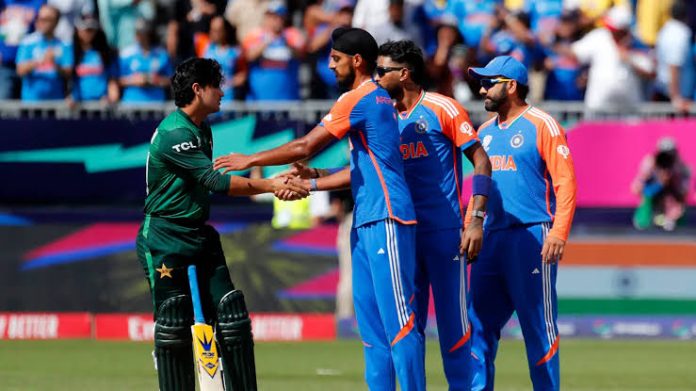Pakistan’s journey in the Champions Trophy ended in disappointment as they failed to progress beyond the group stage. Losses to New Zealand and India sealed their fate, making their final match against Bangladesh nothing more than a formality.
Hosting a major international cricket event after three decades, Pakistan had high hopes, but several factors contributed to their early exit.
Pakistan had shown strong form under Mohammad Rizwan’s leadership, securing notable series wins against Australia, Zimbabwe, and South Africa. However, their preparations for the Champions Trophy were far from ideal.
A key setback was the injury to Saim Ayub, one of their most promising openers. The team delayed announcing the squad, hoping he would recover, but he remained unavailable. The situation worsened when Fakhar Zaman suffered a muscle injury after the first match, leaving Pakistan without a settled opening pair.
Pakistan’s pace attack, featuring Shaheen Afridi, Naseem Shah, and Haris Rauf, was expected to dominate, but they struggled with control, especially in the death overs. The trio was rested before the tournament to keep them fresh, but instead, they appeared out of rhythm.
Squad selection also played a role in Pakistan’s struggles. The selectors opted for just one specialist spinner, Abrar Ahmed, ignoring calls for a second. Instead, they relied on part-time spinners Salman Agha and Khushdil Shah, who made little impact.
Additionally, the decision to promote an out-of-form Babar Azam to open the innings backfired. Imam-ul-Haq was brought in as a replacement after Fakhar Zaman’s injury but failed to deliver.
The inclusion of all-rounders Faheem Ashraf and Khushdil Shah, who had not played ODIs for years, was another questionable call. Their selection was based on performances in Bangladesh’s T20 league, but neither made a significant impact in the tournament. Critics suggested external influences may have played a role in these choices.
Pakistan’s batting approach also came under scrutiny. Their tendency to play a large number of dot balls hurt their scoring rate, preventing them from keeping up with modern aggressive cricket.
Against India, they played 152 dot balls while managing just 241 runs. Against New Zealand, the figure was even higher, with 162 dot balls in a total of 260 runs.
The team’s outdated approach was highlighted by former players, who urged a shift toward a more aggressive, modern style of play. As Pakistan reflects on their disappointing exit, questions will be raised about squad selection, tactics, and the need for a fresh approach to international cricket.


